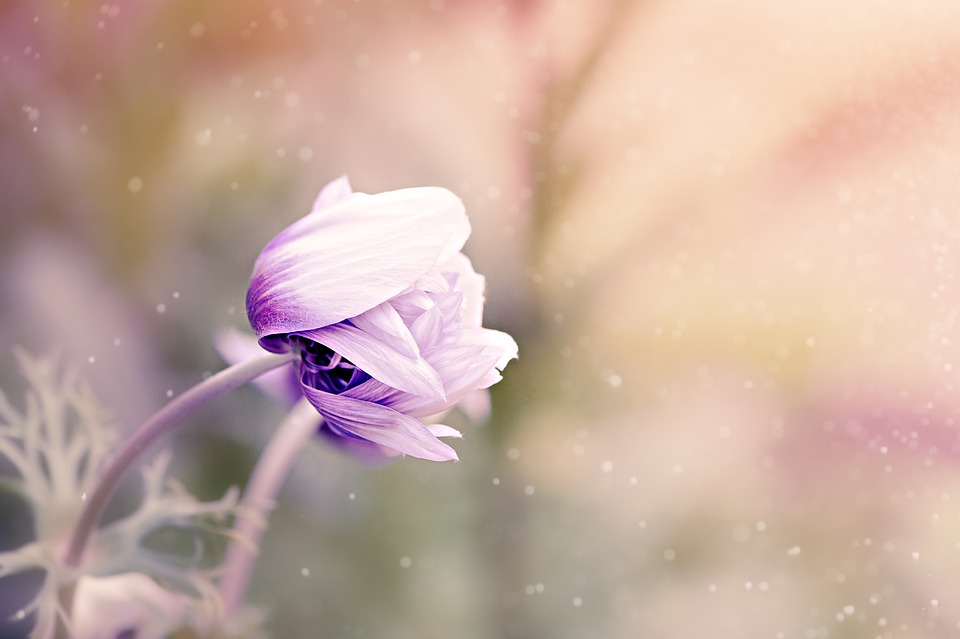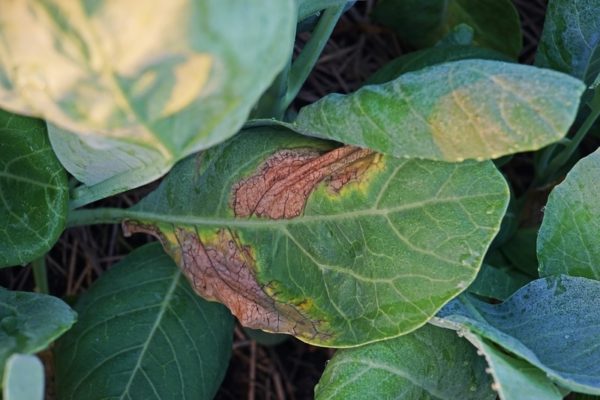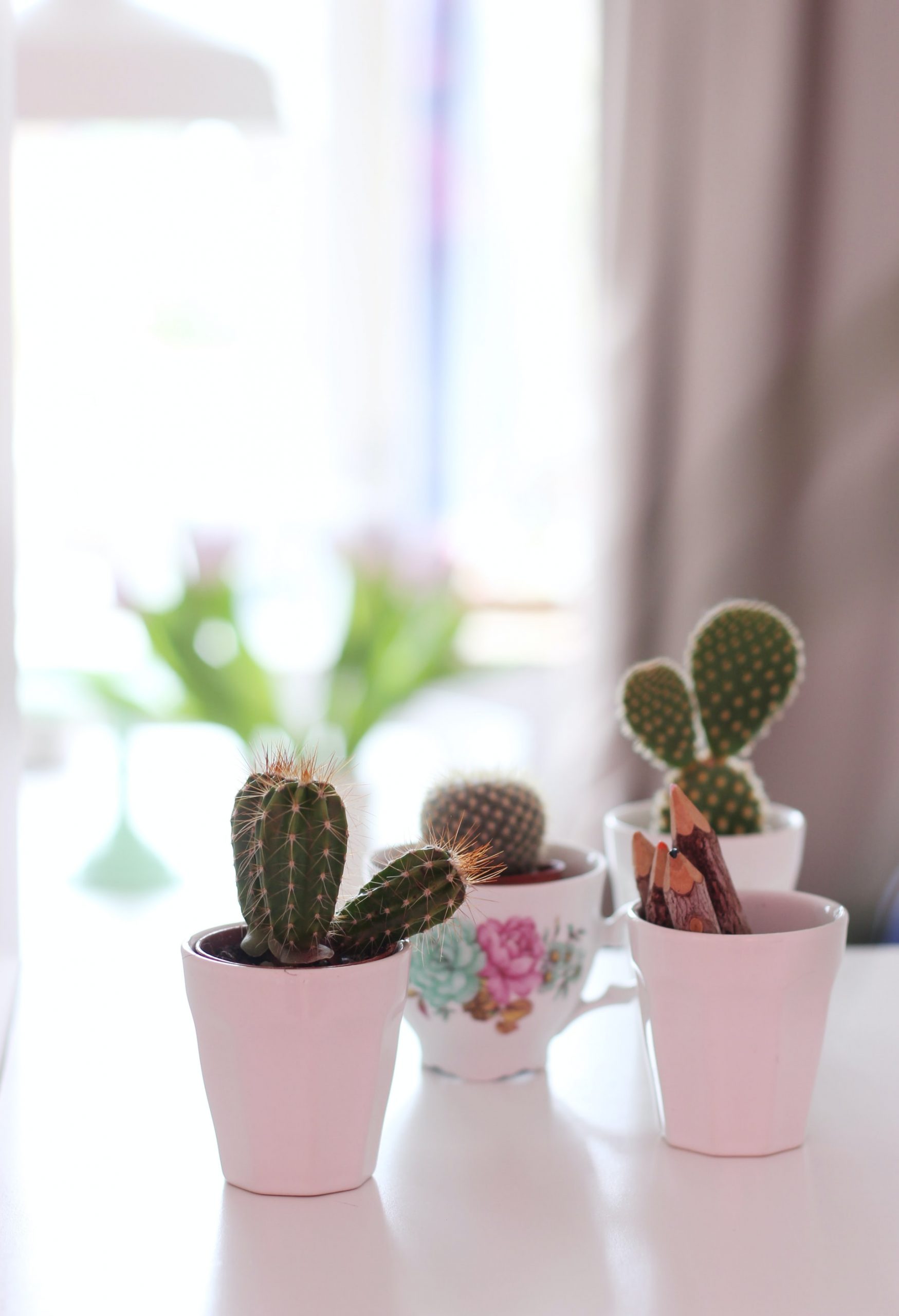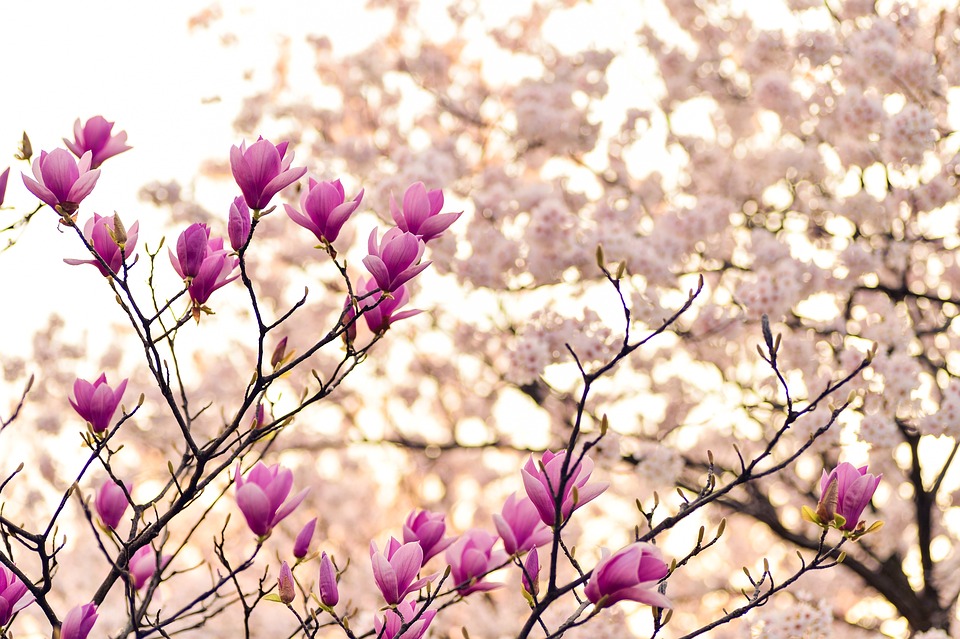If you are a gardening hobbyist, you may be wondering with the arrival of winter, “How do I protect my plants from the cold? Yes, the flowers, trees, and seedlings you have carefully nurtured throughout the spring and summer might need extra help!
Cold weather, or even worse, frost, can cause irreparable damage to plants in the garden. Therefore, it is essential to take the necessary precautions to protect your vegetation and ensure it will shine right away when the sunny days return.
First of All, What Do You Know About Your Plants?
Before you can figure out how to protect your plants from the cold, you need to know the vegetation of the flowers and shrubs in your garden. For example, some varieties can tolerate harsh weather and bloom even at this time of the year, but these varieties do not need any special treatment and may even suffer.
Therefore, you need to research and learn about the varieties. For example, do they have evergreen plants? What temperatures can they tolerate? When do they flower? If it is a fruit plant, when does it bear fruit? If your research reveals that you have cold-sensitive species in your garden, implement the remedies outlined in this article.
Cover Your Plants with Non-woven Fabric
Non-woven fabric is a translucent synthetic material, usually sold in rolls or packaged in caps of various sizes. Its primary purpose is precisely to protect plants from frost and winter. In private gardens, it is used to cover small shrubs, and in agriculture, it is used to protect large land areas.
Because it is translucent, it allows the sun to shine through while keeping out insects and frost.
When purchasing rolled non-woven fabric, it should be secured with ropes or pegs to keep it in place and prevent it from being blown away by the wind. Some non-woven covers come with a practical string at the bottom that can be stretched tighter if necessary.
Depending on the model and type of cover you purchase, you may need to replace the non-woven cover about once a month, but it is always advisable to check the replacement time indicated on the product.
Move the Plant to a Protected Location
If you are planting in an easily transportable pot, another way to protect your plants from the cold is to move them indoors. The ideal location is a room with natural light for the plant to survive, such as a garage, garden shed, or stairs.
Don’t have a place to protect your pots from the cold? Simply try to find a sunny spot that can protect your plants from gusty winds and heavy rains, such as near an exterior wall.
Mulching to Protect Plants from the Cold
Mulching is a great way to conserve water in your garden, but it also protects the roots of plants from the cold of winter and prevents weeds from growing. But what exactly is it?
Mulch is a layer of organic (bark, dead leaves, cut grass, straw, etc.) or inorganic (tarpaulins, non-woven fabrics, jute, etc.) material that covers the soil around the roots of plants. When applied, it acts as an “insulator” and keeps the temperature and humidity in the soil moderate.

Gardening, Wheelbarrows, Broom, Mulch, Bark Mulch
Greenhouse Garden
If you are looking for a solution that can protect your plants from the cold and keep them neatly arranged, then you should choose a garden greenhouse. They come in a variety of shapes, sizes, and prices to suit your needs. They are also a great alternative to potted plants on the balcony or in the garden.
Pay Attention to Watering and Fertilizing
The last part of this article is more of an advice than an actual procedure. During the fall and winter months, when the daylight hours are shorter, and the rainfall is more frequent, plants naturally need less water and nutrients, and some of them may not grow as well as they should.
Therefore, at this time of year, it is more important than ever not to be carried away by the enthusiasm of having to water as soon as you think of it. If you make a mistake in watering or give more water than necessary, the roots will rot, and the plant will die.
The same goes for fertilizer. During the cold season, depending on the type of plant, you should apply fertilizer less often or not at all.These are just a few tips on how to protect your plants from the cold and frost in the fall and winter. If you found them useful, please let us know in the comments!



